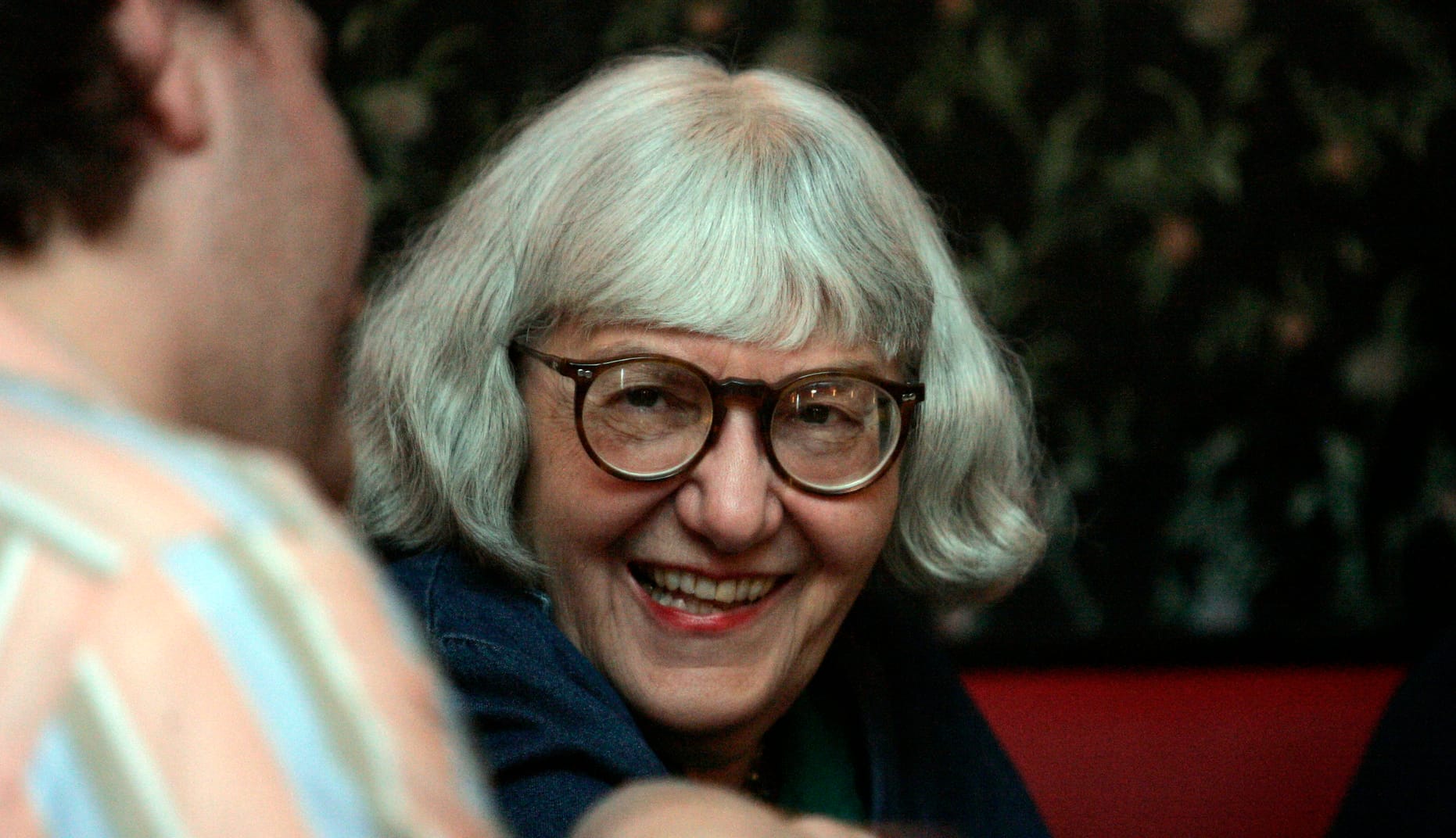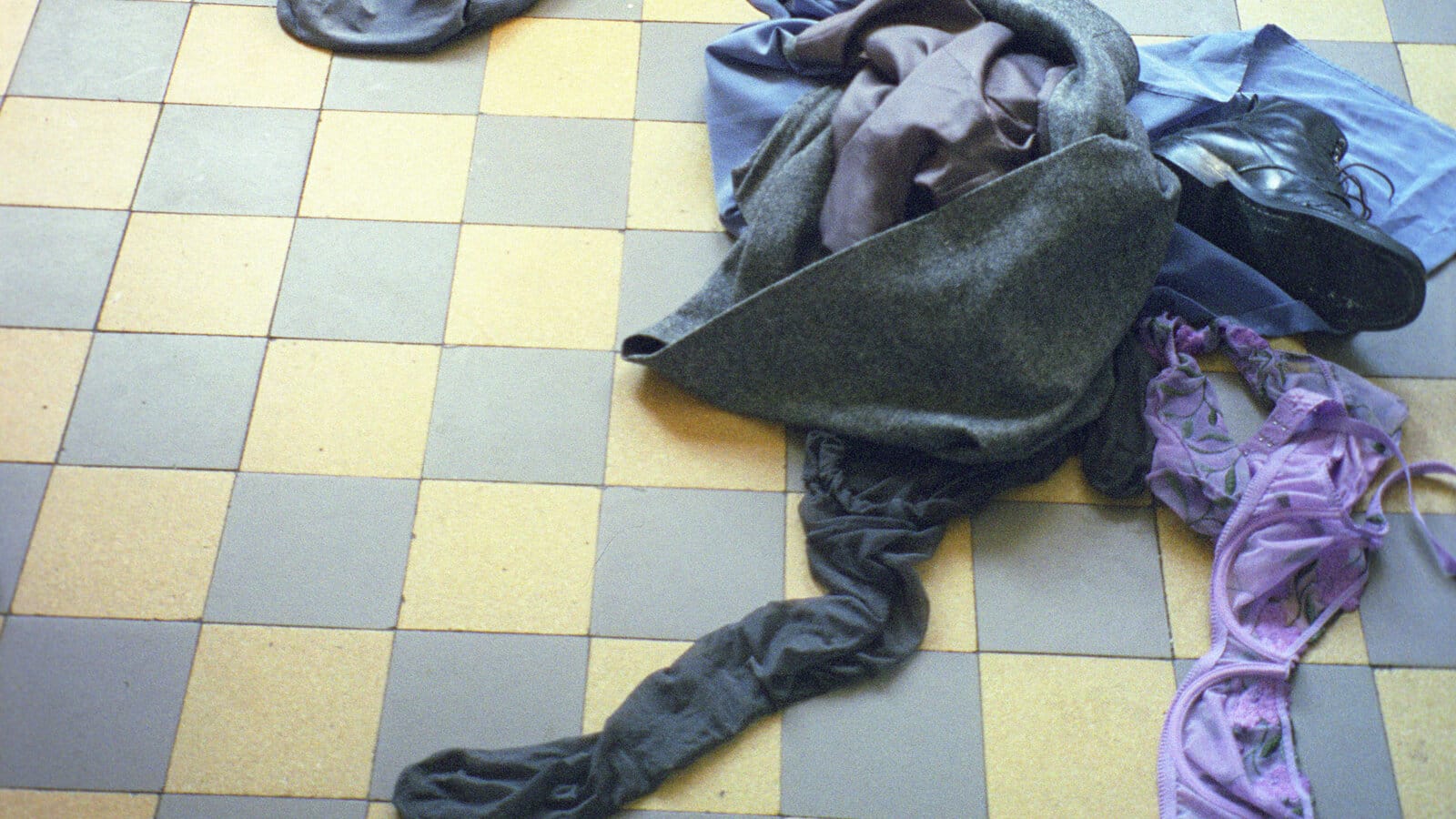A Portrait in Search of a Self
Does a dream house imply a dream self? Linda Besner, hunting for a home, considers how the photography used in listings serves as a malleable, market-driven form of portraiture.

The rooms have been smothered in a layer of creamy white, like an irresistible tide of béchamel sauce. All the furniture seems to be on stilts, the better to create the illusion of space. The camera stretches the length of the dining room so that the windows seem to go on for miles (and obscures the fact that they face directly into the windows of our neighbours). Upstairs, my messy office is unrecognizable as a minimalist bedroom; the bed, like everything else, is done up in shades of lightest neutral. There are no books anywhere.
We are selling our house, and these photos represent the efforts of a team of professionals to attract the eyes of buyers. Somewhere out there, scrolling through page after page of pictures of houses, is the ideal viewer for these photos—defined here as the one who will ultimately purchase the home being depicted. My husband and I are now someone else’s ideal viewers and potential buyers, and we, too, have been endlessly wandering the halls of the labyrinthine online gallery of real estate listings. We speed past some works, and pause for long contemplation before others. We mostly wander on our own, but occasionally one of us will pull the other away from their object of study and speed-walk them to another work, exclaiming over the light, the colours, the way diverse elements balance each other to achieve a harmonious whole.
In a sense, what we are looking for is a self-portrait. But a self-portrait in which the space for a figure has been left blank. The dwelling itself is not quite the subject of these photographs. Each photo I come across suggests, instead, a more nebulous subject—it insinuates, intimates, implies. Each tries to hold a space open for the viewer to project themselves into the composition. As I drift past frame after frame of living rooms, dining rooms, kitchens, and bedrooms, each seems to me like a portrait in search of a self.
*
Freud and Jung’s major falling out in 1909—the one that resulted in Jungian analysis developing as a distinct strand of psychoanalytic theory from the Freudian approach—was about a house. A dream house, no less. “I was in a house I did not know,” wrote Jung, for it was his dream. Nevertheless, “It was ‘my house.’” He was upstairs, in a living room hung with Rococo paintings. “I wondered that this should be my house,” Jung wrote, “and thought, ‘Not bad.’”
When Jung woke, he discussed the dream with Freud, whose interpretation insistently circled around two skulls Jung had found in “his” basement. Surely, Jung felt Freud was implying, these were symbols of Jung’s deep death wish? But Jung was sure the dream meant something else. The house had three stories, and as he descended lower and lower, the furnishings went from Rococo to medieval until, when Jung finally reached the cellar, he found pottery shards and bones. Obviously, he concluded, the living room represented consciousness, whereas the basement represented what he came to call the collective unconscious. “My dream thus constituted a kind of structural diagram of the human psyche,” Jung wrote.
Some argue that the division of space in a house doesn’t just reflect compartments of the human soul—it creates them. In their 2015 book Interiors and Interiority, Ewa Lajer-Burcharth and Beate Söntgen relate that, in seventeenth-century Europe, the insides of dwellings became more highly personalized and individuated. New kinds of spaces, such as hallways and boudoirs, separated the functions of different parts of the house and created more privacy. This, some say, gave rise to a new way of thinking about subjectivity. “Architecture self-consciously took on the task of constructing an interior world of the individual,” they write.
From its ubiquity on Instagram, we are all now familiar with the idea of the home as a highly curated projection of the self—usually, an aspirational version. But the intent of a real estate photograph is to suggest that the self to occupy the space in question is in flux. We see traces of the previous occupant, but the photos are meant to show how the space could be adapted to fit the viewer’s needs. What kind of portrait are we looking at?
Take, for example, a series of photos of a one-bedroom apartment in the Vieux-Rosemont neighourhood of Montreal. The photo labelled “cuisine” presents a crowded composition of diamond shapes. A kitchen, with just enough room for a fridge, a table covered in a plastic tablecloth patterned with sunflowers, and what looks, from the back, to be a microwave with a radio or miniature television sitting on top (judging from the antenna). Where is the stove? It could be the white corner peeking out from behind the dishes drying in the rack at the bottom right of the picture, but then again, that looks suspiciously like a washing machine. In any case, it’s unclear how you might approach this appliance, due to the stack of unidentifiable papery objects—is that a waterlogged phone book?—positioned to the right of the fridge. Under the plastic cat carrier, lamp, and plants borne on its head, the odd stockiness of the fridge’s broad chest tells us that we are being shown a slightly elongated vision; in reality, the room is probably even smaller than it appears.
And yet, despite the chaotic accumulation of elements, the room conveys a sense of hushed uplift. My eye is drawn along the line formed by the gentle sweep of the red-and-yellow flowered curtain: up from the red oven mitt, across the windowed door with its view of green trees, until my gaze comes to rest on the splash of daylight reflected off the white ceiling. The line of the antenna helpfully taps at the similarly illuminated left wall, alerting me to a dramatic triangle I hadn’t previously noticed.
The power of the gallery experience is that it helps us to see things we would otherwise overlook. We learn to look at art by looking at art. The gallery experience that real estate listings offer also trains the viewer for a certain style of looking. This mode is perhaps the most embodied I have come across when engaging with still photographs. The most basic function of the photos is descriptive—they should show how many rooms an apartment has, and how those rooms relate to one another. To project oneself into the picture, the viewer must become more than an eye.
The self I find depicted in this photo of a kitchen exists in a sort of time-lapse sequence. First, I imagine my body navigating the narrow space between the table and the fridge. I try to pull out a chair and I immediately bonk into the cupboards behind me. But, I think, you could easily remove the jumble of things sitting on that cabinet to the left of the table, which leads me to the discovery that it is not, in fact, a cabinet, but almost certainly a dryer. Aha. This leads me to notice the toaster oven on the far side of the counter. So. The version of me that lives in this space does her laundry in the kitchen, and instead of a stove prepares her meals using a microwave and a toaster oven.
Considered as a structural diagram of my psyche, this photo seems to propose a resourceful kind of doubling. Of the ways this living space could be configured, this one suggests a folding together of what are often two rooms (kitchen and laundry), which makes me wonder what other fruitful adjustments I might find within myself. Perhaps there are other aspects of my life that I have been keeping unnecessarily compartmentalized? In seeing myself within this space, I am forced to re-imagine who that self could be.
*
The implied selves in real estate photos are essentially portraits of malleability. They test our flexibility: can you imagine yourself here? What about here? Even if what initially catches the viewer’s eye is the interior décor—the expression of personality—these elements don’t come with the living space. Looking at these photos is an imaginative excavation, a challenge: the viewer needs to scrape away or look through, in a sense, the surface details of the compositions. The enduring qualities of the spaces depicted are hard facts: walls, windows, doors.
Jung became so certain that architecture was the key to human life, and that interior spaces corresponded to the inner self, that he became preoccupied with designing and building his own house. “I had to achieve a kind of representation in stone of my innermost thoughts and of the knowledge I had acquired,” Jung wrote in 1962. What Jung would call his “Tower at Bollingen” started out as a circular bungalow with a fireplace in the middle. But Jung added rooms and wings and storeys to the house seemingly haphazardly, sometimes to mark significant moments in his life: he bought the land after his mother died, and after the death of his wife, he added an upper storey with a view of Lake Zurich.
The parameters of the self are determined by some hard facts. Jung was a successful doctor, and the Tower was his second home. The one-bedroom in Vieux-Rosemont costs $179,700.
In seeking one’s reflection in real estate, what arguably matters most—what determines the limits of the search—are economic rather than aesthetic concerns. To find external architectural expression, the inner life of the self is at the mercy of a housing market that may not provide a willing portraitist.





